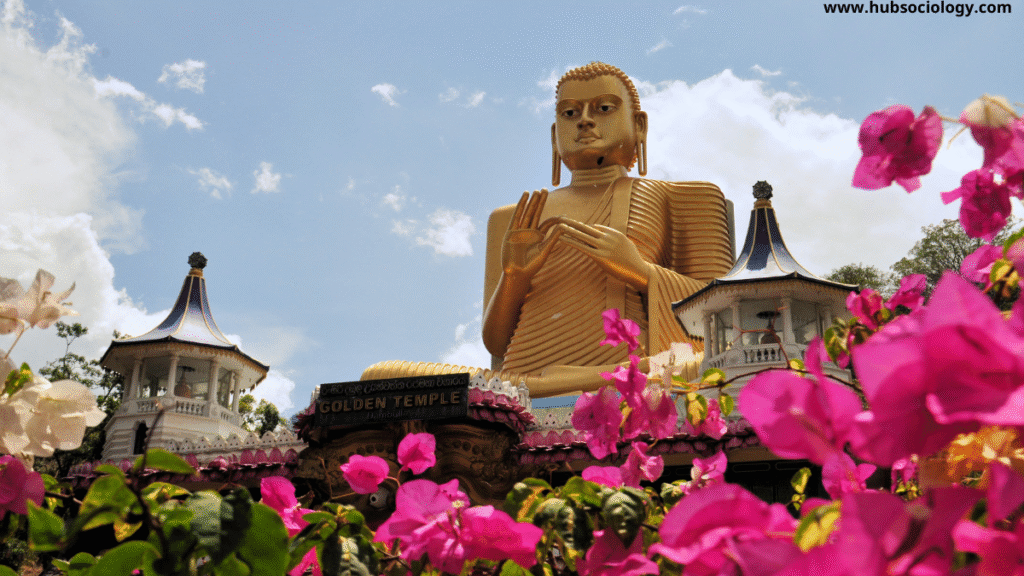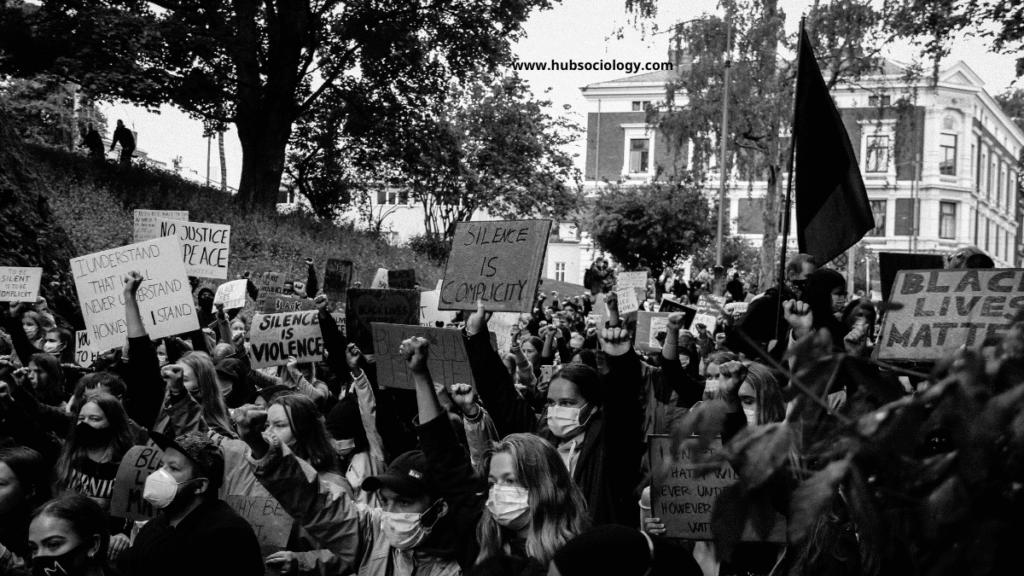Introduction
Ethnic conflict has been a persistent issue in Sri Lanka, shaping its political, social, and economic landscape for decades. The conflict primarily involved the Sinhalese majority and the Tamil minority, culminating in a brutal civil war that lasted from 1983 to 2009. From a sociological perspective, this conflict can be analyzed through various theoretical frameworks, including ethnic nationalism, social identity theory, structural violence, and post-colonialism. Understanding the roots, dynamics, and consequences of this conflict requires an examination of historical grievances, state policies, economic disparities, and the role of collective memory in shaping intergroup relations.
Historical Context and Colonial Legacy
Sri Lanka’s ethnic tensions have deep historical roots, exacerbated by British colonial policies. The island’s two major ethnic groups—the Sinhalese (predominantly Buddhist) and the Tamils (predominantly Hindu)—coexisted for centuries, but colonial rule introduced structural divisions. The British favored the Tamil minority in administrative and educational roles, creating a perception of Tamil privilege among the Sinhalese.

After gaining independence in 1948, the Sinhalese-dominated government implemented policies that marginalized Tamils, such as the Sinhala Only Act (1956), which made Sinhala the sole official language, effectively excluding Tamils from state employment and higher education. These policies were framed as corrective measures to reverse colonial-era imbalances but were perceived by Tamils as systematic discrimination.
The Role of Ethnic Nationalism
Ethnic nationalism played a crucial role in escalating tensions. The Sinhalese nationalist movement, rooted in the belief that Sri Lanka was the historical homeland of the Sinhala-Buddhist people, sought to establish a majoritarian state. This ideology was institutionalized through policies that privileged Sinhala culture, religion, and language, reinforcing Tamil alienation.
On the other hand, Tamil nationalism emerged as a response to perceived oppression, leading to demands for autonomy or even secession. The Liberation Tigers of Tamil Eelam (LTTE) became the most prominent militant group advocating for a separate Tamil state, using both guerrilla warfare and terrorism. The conflict thus became a struggle over national identity, territorial control, and political representation.
Social Identity Theory and Intergroup Conflict
Social Identity Theory (Tajfel & Turner, 1979) helps explain how group identities contributed to the conflict. According to this theory, individuals derive self-esteem from their group memberships and engage in in-group favoritism and out-group discrimination. In Sri Lanka, both Sinhalese and Tamils developed strong in-group identities, reinforced by historical narratives, linguistic differences, and religious distinctions.
The Sri Lankan state’s policies reinforced these divisions by institutionalizing Sinhala-Buddhist supremacy. Tamil resistance, in turn, solidified a separate Tamil identity, leading to radicalization. The media, education system, and political rhetoric further deepened these divides, creating an “us vs. them” mentality that justified violence.
Structural Violence and Economic Disparities
Johan Galtung’s concept of structural violence—where social structures systematically disadvantage certain groups—applies to Sri Lanka’s ethnic conflict. Tamil-majority regions in the north and east faced economic neglect, limited infrastructure development, and restricted access to education and employment. This systemic marginalization fueled grievances that militant groups exploited.
Even after the war ended in 2009, structural inequalities persisted. Tamil communities continue to face military surveillance, land disputes, and limited political autonomy. The government’s post-war development projects often prioritize Sinhalese areas, reinforcing perceptions of continued discrimination.

Post-War Reconciliation and Challenges
Post-conflict Sri Lanka faces the challenge of reconciliation. Sociologically, reconciliation requires addressing collective trauma, ensuring justice, and rebuilding trust between communities. However, the government’s approach has been criticized for prioritizing militarization over genuine reconciliation.
- Memory and Memorialization – The war’s legacy remains contested. While the Sinhalese-dominated state celebrates victory, Tamils mourn civilian casualties and enforced disappearances. The lack of a shared narrative hinders reconciliation.
- Justice and Accountability – Allegations of war crimes by both the Sri Lankan military and the LTTE remain unresolved. International calls for accountability have been resisted by the government, deepening Tamil distrust.
- Political Representation – Despite constitutional provisions for power-sharing (e.g., the 13th Amendment), Tamil demands for greater autonomy remain unmet.
Conclusion: Toward a Sociological Understanding
The ethnic conflict in Sri Lanka is not merely a political or military struggle but a deeply sociological one. It reflects how historical injustices, identity politics, economic disparities, and state policies can fuel prolonged violence. A lasting solution requires addressing structural inequalities, fostering inclusive nationalism, and promoting interethnic dialogue.

From a sociological standpoint, reconciliation must go beyond economic development; it must involve truth-telling, justice, and the reimagining of a shared national identity that accommodates both Sinhalese and Tamil aspirations. Without such measures, the underlying tensions may resurface, perpetuating cycles of conflict.
Topic Related Questions
5-Mark Questions (Short Answer)
- Define ethnic conflict and explain its relevance in the Sri Lankan context.
- What was the impact of the Sinhala Only Act (1956) on Tamil minorities in Sri Lanka?
- Briefly explain the role of the LTTE in the Sri Lankan ethnic conflict.
- How did British colonial policies contribute to ethnic tensions in Sri Lanka?
- What is Social Identity Theory, and how does it apply to the Sinhalese-Tamil conflict?
10-Mark Questions (Brief Essay/Detailed Response)
- Analyze the role of ethnic nationalism in fueling the Sri Lankan civil war.
- Discuss the concept of structural violence in the context of Sri Lanka’s Tamil minority.
- How did post-independence state policies in Sri Lanka contribute to ethnic polarization?
- Evaluate the effectiveness of post-war reconciliation efforts in Sri Lanka from a sociological perspective.
- Explain the significance of collective memory in perpetuating ethnic divisions in Sri Lanka.
15-Mark Questions (Long Essay/Critical Analysis)
- “The Sri Lankan ethnic conflict was a result of historical grievances and state-sponsored marginalization.” Discuss this statement sociologically.
- Examine the applicability of Johan Galtung’s theory of structural violence in understanding the Tamil struggle in Sri Lanka.
- How did social identity and group dynamics play a role in the escalation of the Sri Lankan civil war? Provide a sociological analysis.
- Critically assess the challenges of post-war reconciliation in Sri Lanka, focusing on justice, memory, and political representation.
- Compare and contrast the ethnic conflicts in Sri Lanka and another South Asian country (e.g., India/Pakistan) using sociological theories.
